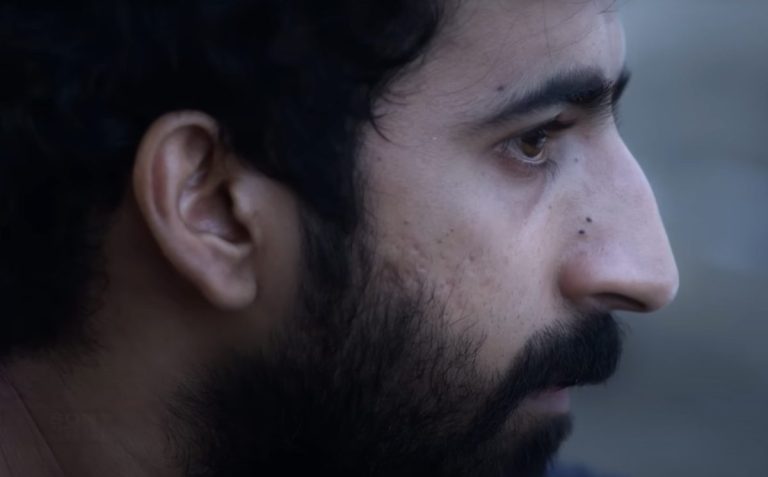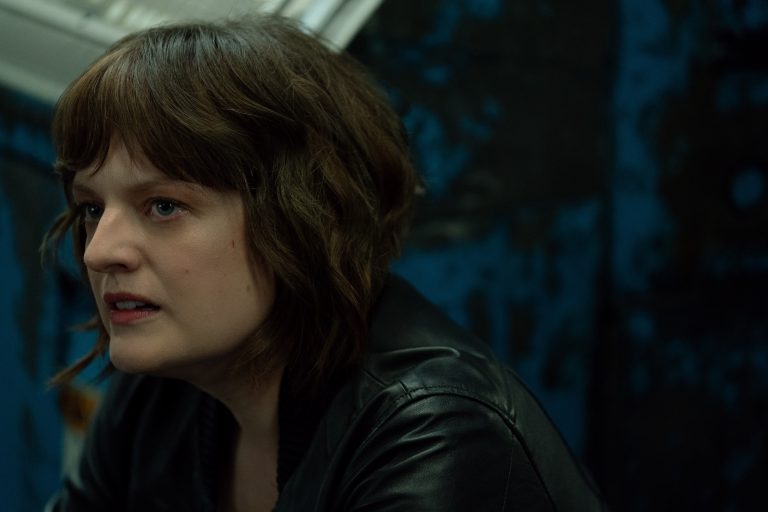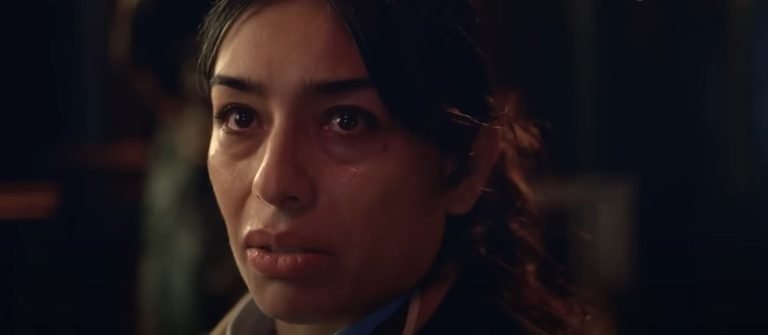Netflix’s Dalah: Death and the Flowers is a haunting Thai mystery-thriller that blends folklore, psychological horror, and slow-burning suspense. The series has an interesting premise that works because of eerie atmosphere, gripping performances, and unsettling exploration of fate, death, and rebirth.
Set in a remote village steeped in superstition, Dalah: Death and the Flowers follows a woman’s search for answers after a series of unexplained deaths plague her community. As the layers of mystery unravel, the show weaves together elements of Thai mythology with modern psychological horror, leaving audiences questioning the fine line between reality and the supernatural. Let’s break down the events of Season 1 and uncover the deeper meaning behind the cryptic ending of Dalah: Death and the Flowers.
Dalah: Death and the Flowers (Season 1) Recap:
Who is Dalah, and what is her connection to the village?
The series centers on Dalah, a young woman who returns to her ancestral village after the sudden and mysterious death of her mother. As she reconnects with old acquaintances, she begins to experience unsettling visions and encounters cryptic warnings from the village elders. It soon becomes clear that her family is deeply entangled in the town’s dark past—one linked to an ancient curse that claims a life each season when the dalah flowers bloom.
What is the significance of the dalah flower?
The dalah flower is both a symbol of beauty and death in Thai folklore. According to local legend, the flower marks the presence of wandering spirits searching for closure. Throughout the season, Dalah uncovers a chilling pattern: each death in the village coincides with the blooming of these flowers. The deeper she digs into the past, the more she realizes that the curse is tied to a tragic love story and an act of betrayal that took place decades ago.
Who is behind the village deaths?
At first, the villagers blame supernatural forces, believing that the spirits of the dead are seeking revenge. However, as Dalah investigates, she discovers that some deaths are not the work of spirits but of human hands. The village leaders, desperate to maintain the status quo, have been manipulating events to ensure that the legend persists. This revelation forces Dalah to confront both real and imagined horrors as she fights to break the cycle of death.
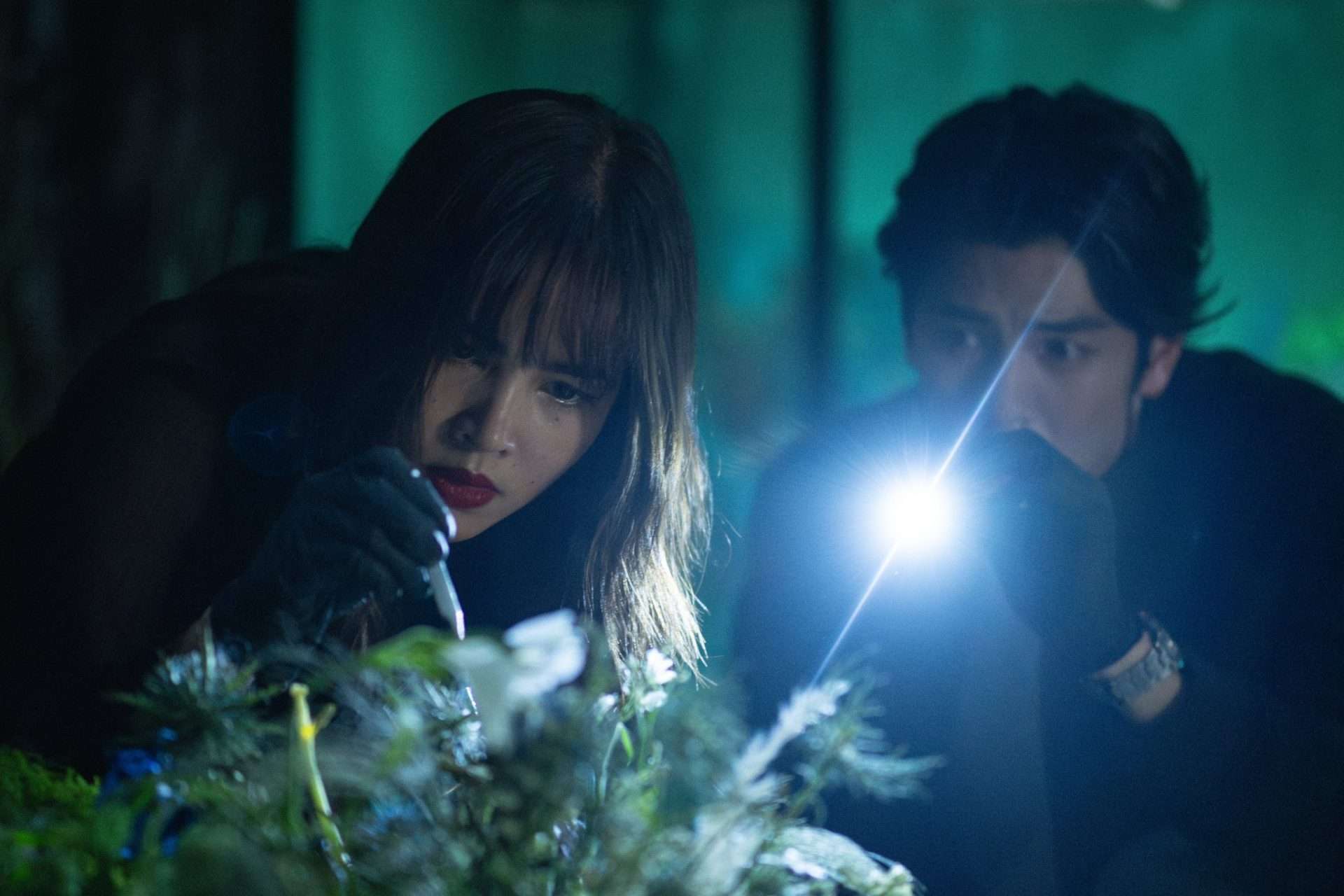
Dalah: Death and the Flowers (Season 1) Ending Explained:
What is Dalah’s connection with the curse?
In the final episode, Dalah pieces together the truth: the curse is both metaphorical and real. The supernatural elements—visions, whispers in the dark, and the presence of the dalah flower—are manifestations of collective guilt and unresolved trauma passed down through generations.
In a shocking twist, Dalah herself is revealed to have a deeper connection to the curse than she ever imagined. She is not just an observer but a key figure in the cycle of death. The final scene shows her standing in a field of blooming dalah flowers, hearing the voices of the past, hinting that she may be the one destined to either end or continue the cycle.
The ambiguity of the ending leaves viewers questioning whether Dalah has broken free or if she, too, has become part of the village’s dark history. The show’s eerie conclusion suggests that some tragedies never truly end—they merely change form.
Will There Be Dalah: Death and the Flowers Season 2? What to Expect?
Netflix has yet to confirm a second season, but the open-ended finale leaves plenty of room for continuation. If renewed, Season 2 could delve deeper into the origins of the dalah curse and explore whether Dalah can break free from its grip.
Additionally, unanswered questions about the village elders’ true motives and the nature of Dalah’s visions could play a significant role in the next season. With its blend of folklore, horror, and psychological drama, Dalah: Death and the Flowers has the potential to become a standout supernatural thriller in Netflix’s lineup.


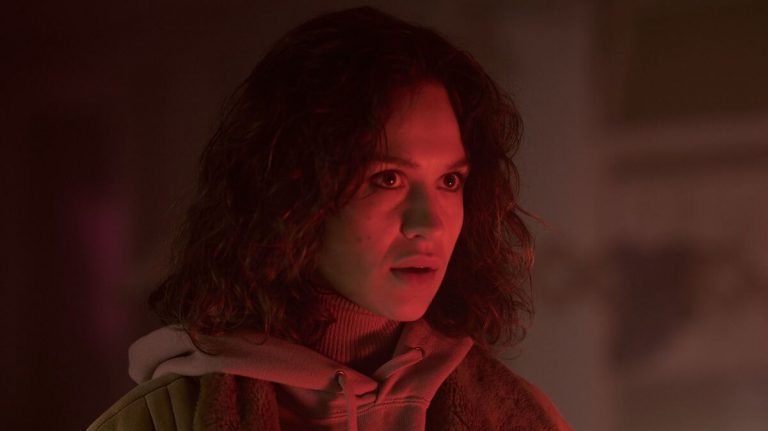
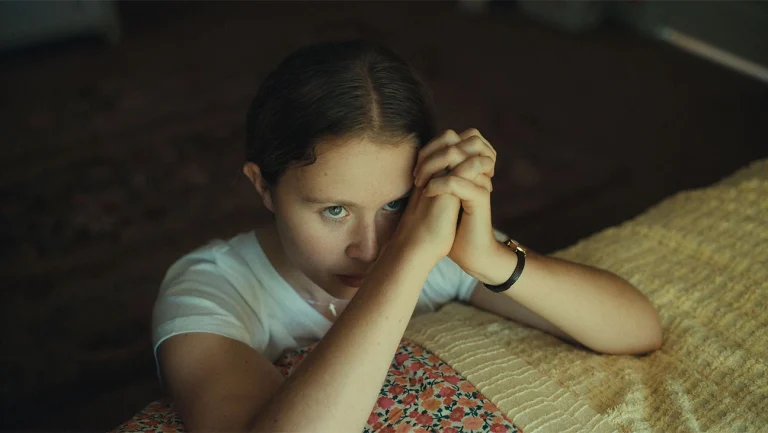
![KIMI [2022] ‘HBO Max’ Review: Cyber Thriller Presents Both Sides of the Technological Boom](https://79468c92.delivery.rocketcdn.me/wp-content/uploads/2022/02/KIMI-2022-768x432.jpg)
